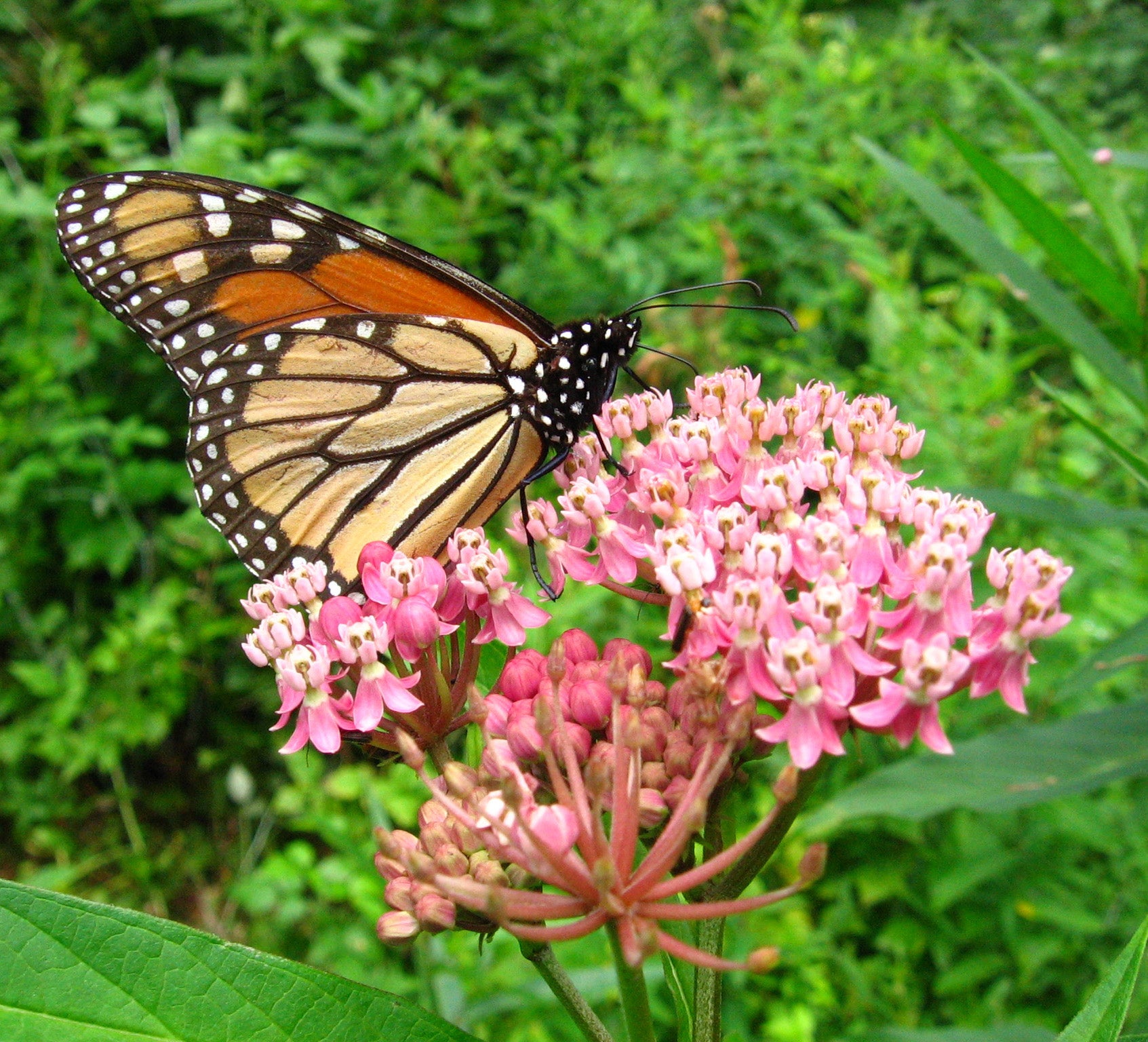If you’re in the United States, you might be familiar with the sight of the beautiful orange and black monarch butterfly. Unfortunately, over time these amazing pollinators have become more and more rare. With populations decreasing from counts of 1,200,000+ in the 1980’s, to fewer than 2,000 in 2020. You can do something about this! Yes, you! You, dear reader, have the opportunity to make a meaningful difference in saving a beautiful creature from extinction. Already, people just like you have helped to improve monarch habitat, and because of that, this year we’ve had an increase in monarch counts again. But we need to do our part to make sure this keeps rising!
How can you help?
- Plant native milkweed species.
Monarchs larvae only feed on one specific type of plant, milkweed, and it's planting season is nearly here! When you’re planning your garden, include your region’s native milkweed species, and plant as many as you can. If you remember one thing from this article: avoid tropical milkweed -- it harbors parasites that damage the butterflies.
To find your region's native milkweed and to buy native milkweed look at the Monarch Watch Market as well as the Xerces Society for Invertebrate Conservation Milkweed Finder both of these organizations do incredible conservation work and help people access the resources to bring that conservation to their own back yards.

A little more about tropical milkweed: In much of the call-to-action material online for supporting monarch populations, it is not emphasized enough that tropical milkweed is harmful, not helpful. Milkweed is a generic term for a large group of plants in the genus Asclepias. At most home-and-garden nurseries, the plants will be labeled to denote tropical milkweed or native milkweed and this is the most important detail to remember in selecting milkweed for your area. Tropical milkweed, Asclepias curassavica has brilliant red-orange flowers, and is a favorite for many home owners. However, as the Xerces organization points out it “…becomes a problem when planted in temperate areas where it does not die back in winter. A protozoan parasite of monarch butterflies, Ophryocystis elektroscirrha or OE for short, can travel with monarchs visiting the plants and become deposited on leaves. When caterpillars hatch and start eating the plant, they ingest the OE. High OE levels in adult monarchs have been linked to lower migration success in the eastern monarch population, as well as reductions in body mass, lifespan, mating success, and flight ability.”

- Reduce or eliminate pesticide use.
This is most important for large agricultural producers, but if you’re going to build habitat for the monarchs, it’s something you should consider as well. Common insecticides in the United States, especially neonicotinoids, are lethal to pollinators, and monarchs specifically. Avoid using insecticides as much as possible. Read more at this Monarch Joint Venture page.

- Support conservation organizations
The Xerces Society for Invertebrate Conservation, and Monarch Watch, are two great organizations that are doing important work of educating, tracking, and providing habitat for monarchs. You can donate to them directly, and you can help with community science efforts.
Every person in the US has a chance to make a difference in the survival of these incredible pollinators.

